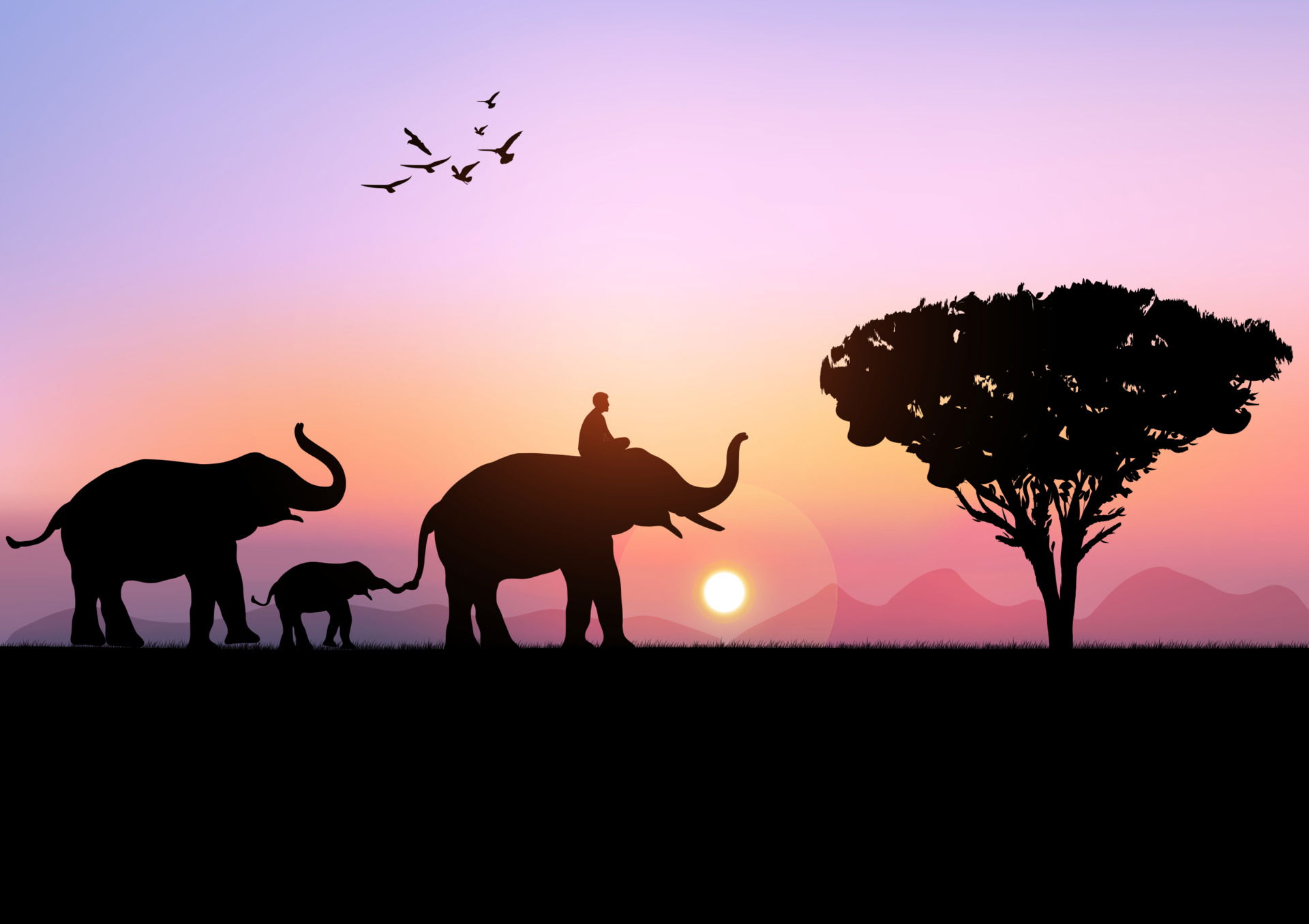Understanding How Climate Change is Increasing Human-Wildlife Conflicts and What We Can Do About It

By Michael Jumba
What is Climate Change and How Does it Impact Human-Wildlife Conflicts?
Climate change is one of the greatest environmental challenges of our time. It is caused by the release of greenhouse gases, primarily from human activities such as burning fossil fuels and deforestation. This has led to an increase in global temperatures and extreme weather events, resulting in significant changes to the Earth's climate system.
These changes have had a profound impact on human-wildlife conflicts, with wildlife populations being forced out of their habitats due to rising temperatures and increased competition for resources. As a result, humans are increasingly coming into contact with wild animals, leading to an increase in conflicts between humans and wildlife. This has raised serious concerns about conservation efforts and the future of wildlife species worldwide.
The Causes of Human-Wildlife Conflict and How Climate Change is Making it Worse
Climate change has become one of the most pressing issues of our time, and its impacts are being felt in every corner of the world. One of the most concerning effects is its impact on human-wildlife conflict. As temperatures increase and weather patterns become more unpredictable, wildlife populations are shifting and human activities are encroaching on their habitats. This leads to increased competition for resources, resulting in a rise in conflict between humans and wildlife. In this article, we will explore the causes of human-wildlife conflict and how climate change is making it worse.
How to Mitigate Human-Wildlife Conflict in a Changing Climate
With the changing climate, human-wildlife conflict is becoming an increasingly pressing issue. As human populations expand and more land is developed for agricultural and urban use, the habitats of wildlife are being encroached upon, leading to increased conflict between people and animals.
To mitigate this problem, it is essential to take steps to reduce human-wildlife conflicts. This can be done through a variety of solutions such as habitat management, educational initiatives, and improved enforcement of existing laws. By taking these steps now, we can help ensure that humans and wildlife can peacefully coexist in a changing climate.
The Role of Technology in Reducing Human-Wildlife Conflict
Technology has the potential to play a major role in reducing human-wildlife conflict. By using artificial intelligence, automated sensors and other tools, wildlife conservationists can better monitor and protect wildlife. This not only helps to reduce the risk of conflicts between humans and animals but also helps to protect endangered species from extinction.Technology can also be used for educational purposes, such as providing information about the importance of wildlife conservation and how to coexist with animals in a safe manner. Additionally, technology can be used to track animal movements so that people living in close proximity to them are aware of their presence and take necessary precautions.In conclusion, technology has an important role to play in reducing human-wildlife conflict by providing better monitoring solutions and educational resources.
Taking Action to Reduce Human-Wildlife Conflicts
Human-wildlife conflicts are an increasing problem in many parts of the world, as humans encroach on wildlife habitats and cause disruption to animal populations. Taking action to reduce these conflicts is essential for protecting the health of wildlife populations, preserving biodiversity, and ensuring that future generations have access to a healthy environment. This article will discuss some strategies for reducing human-wildlife conflicts, including habitat protection and restoration, limiting access to areas with high levels of conflict, and implementing educational initiatives. By taking these steps we can ensure that our actions do not result in further harm to wildlife populations.


